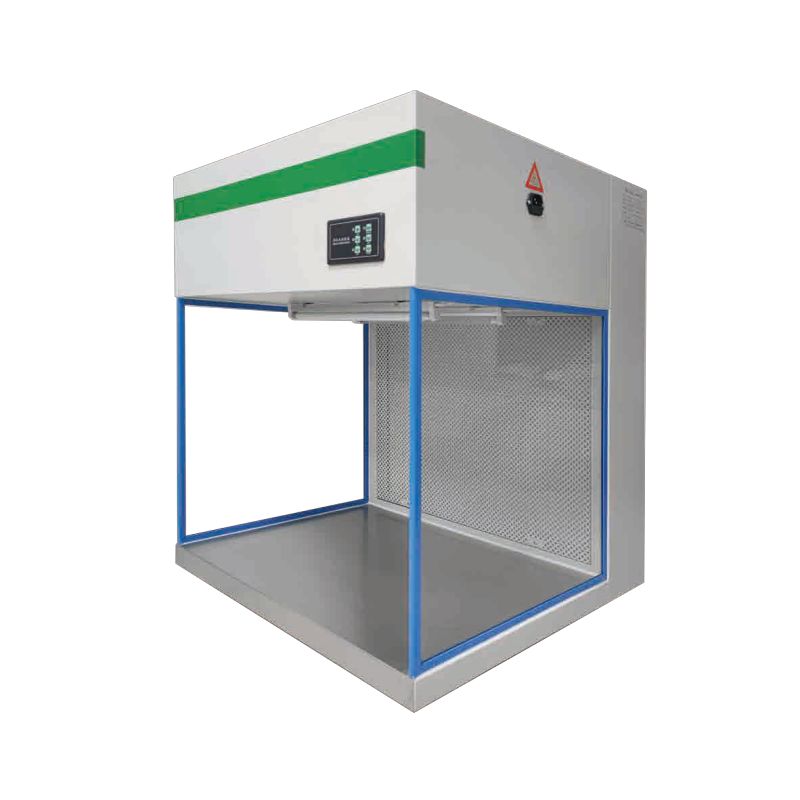Characteristics of Clean Benches
2024-05-15
A clean bench, also known as a laminar flow bench or clean airflow workstation, is a type of enclosed workspace commonly used in laboratories, manufacturing facilities, and other controlled environments to provide a clean and sterile area for working with sensitive materials or conducting experiments. Here are some key features and characteristics of clean benches:
1. Airflow Design: Clean benches are designed to provide a controlled and purified airflow over the work surface to create a sterile environment. The airflow typically follows a laminar flow pattern, where air moves in a uniform direction and at a constant velocity to minimize turbulence and prevent the accumulation of contaminants.
2. HEPA Filtration: Clean benches are equipped with high-efficiency particulate air (HEPA) filters or ultra-low particulate air (ULPA) filters to remove airborne particles, dust, bacteria, and other contaminants from the incoming air. These filters are capable of capturing particles as small as 0.3 microns with high efficiency, ensuring a clean and sterile work environment.
3. Work Surface: The work surface of a clean bench is made of smooth, non-porous materials such as stainless steel or laminated glass to facilitate easy cleaning and sterilization. It may also include features such as raised edges or lips to contain spills and prevent contamination.
4. Enclosed Design: Clean benches are enclosed on three sides and often feature a transparent front panel made of glass or acrylic to allow for visibility while working inside the bench. The enclosure helps to contain the clean airflow and protect the work surface from external contaminants.
5. Sterility and Contamination Control: Clean benches are designed to minimize the risk of contamination and maintain a sterile working environment for handling sensitive materials, conducting experiments, or performing procedures that require strict cleanliness standards. They are commonly used in microbiology, cell culture, pharmaceutical, and electronics manufacturing applications.
6. Types of Clean Benches: There are different types of clean benches available, including horizontal flow benches, vertical flow benches, and recirculating clean benches. Horizontal flow benches direct airflow horizontally across the work surface, while vertical flow benches direct airflow vertically downward. Recirculating clean benches recirculate filtered air within the enclosure to maintain sterility.
7. Applications: Clean benches are used in a variety of applications where a clean and sterile environment is required, such as microbiological research, cell culture, tissue culture, electronics assembly, pharmaceutical compounding, and precision manufacturing. They provide a controlled workspace for handling delicate materials, conducting experiments, and performing procedures with minimal risk of contamination.
Overall, clean benches play a critical role in maintaining cleanliness, sterility, and contamination control in controlled environments where sensitive materials or procedures are involved. They offer a reliable solution for ensuring a clean and sterile working environment while providing visibility, accessibility, and ease of use for laboratory personnel or operators.



